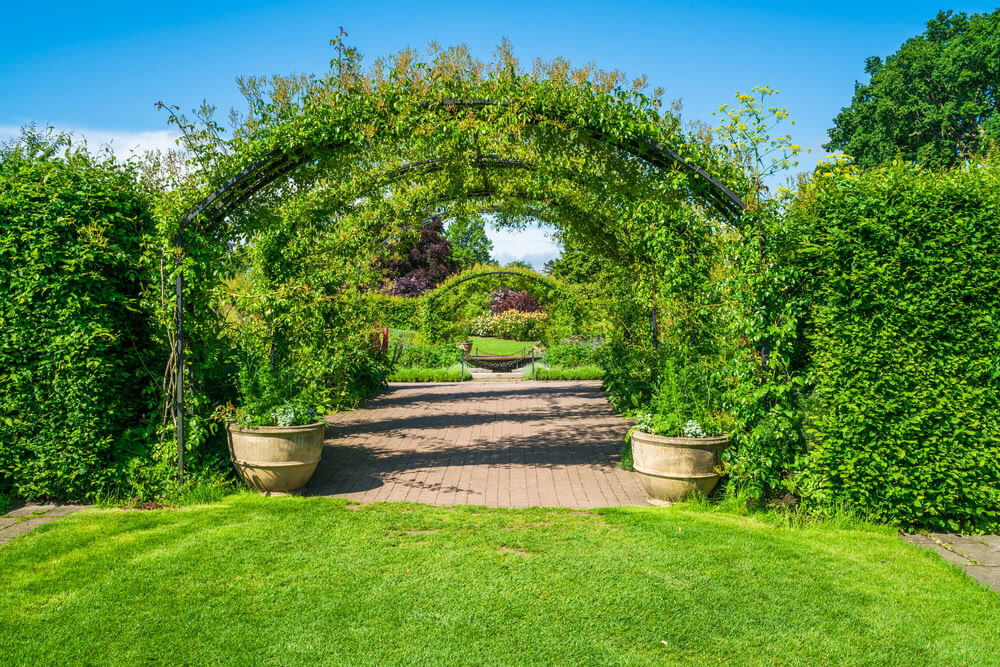
Introduction
In today’s world, where urban spaces are constantly expanding, bringing a touch of nature into our living and working environments has become essential. One of the most innovative and visually appealing ways to incorporate nature into our surroundings is by creating a natural bio green wall. This article will delve into the fascinating concept of natural bio green walls, exploring their benefits, the process of installation, and why they are becoming a sought-after choice for both residential and commercial spaces.
1. What is a Natural Bio Green Wall?
A natural bio green wall, also known as a living wall or vertical garden, is a structure covered with living plants that are grown vertically. These walls can be either freestanding or attached to an existing building’s exterior or interior. They utilize space efficiently, making them an excellent option for areas with limited ground space.
2. The Benefits of Natural Bio Green Walls
H1: Enhancing Indoor Air Quality
Natural bio green walls are not just visually appealing; they also contribute significantly to improving indoor air quality. Plants act as natural air purifiers, absorbing harmful pollutants and releasing oxygen, creating a healthier and fresher atmosphere indoors.
H1: Mitigating Urban Heat Island Effect
Urban areas often experience a phenomenon called the “heat island effect,” where temperatures are higher than in surrounding rural areas. Natural bio green walls help counteract this effect by absorbing and reducing heat, thereby creating a more pleasant microclimate.
H1: Noise Reduction
Living walls can act as effective sound barriers, reducing noise pollution and creating a quieter and more peaceful environment.
H1: Biophilic Benefits
Bringing nature indoors has been proven to have positive effects on our well-being, reducing stress levels and increasing productivity and creativity.
H1: Aesthetics and Visual Appeal
Beyond the numerous environmental benefits, natural bio green walls add a touch of beauty and elegance to any space, becoming an eye-catching focal point.
3. How to Create a Natural Bio Green Wall
H1: Site Assessment
The first step is to assess the site where the green wall will be installed. Factors such as sunlight exposure, temperature, and access to water will determine the type of plants suitable for the space.
H1: Choosing the Right Plants
Selecting the right plants is crucial for the success of the green wall. Factors to consider include the plant’s water and light requirements, growth habits, and compatibility with the climate.
H1: Irrigation System
Installing an efficient irrigation system is essential to ensure that the plants receive the right amount of water without any wastage.

H1: Structural Support and Frame
A sturdy structural support system is necessary to hold the weight of the green wall and its plants. The frame should be well-designed and securely anchored to the wall.
H1: Soil and Growing Medium
Using the appropriate soil and growing medium is vital to provide the plants with the necessary nutrients and support for their growth.
H1: Maintenance
Regular maintenance, including pruning, watering, and monitoring for pests, is necessary to keep the green wall healthy and vibrant.
Conclusion
In conclusion, natural bio green walls represent a harmonious blend of nature and architecture, providing a host of environmental, aesthetic, and well-being advantages. These living walls not only add beauty and vibrancy to indoor and outdoor spaces but also contribute to a healthier and more sustainable environment. Incorporating a natural bio green wall into your living or working space is a step towards a greener and more eco-conscious future.
